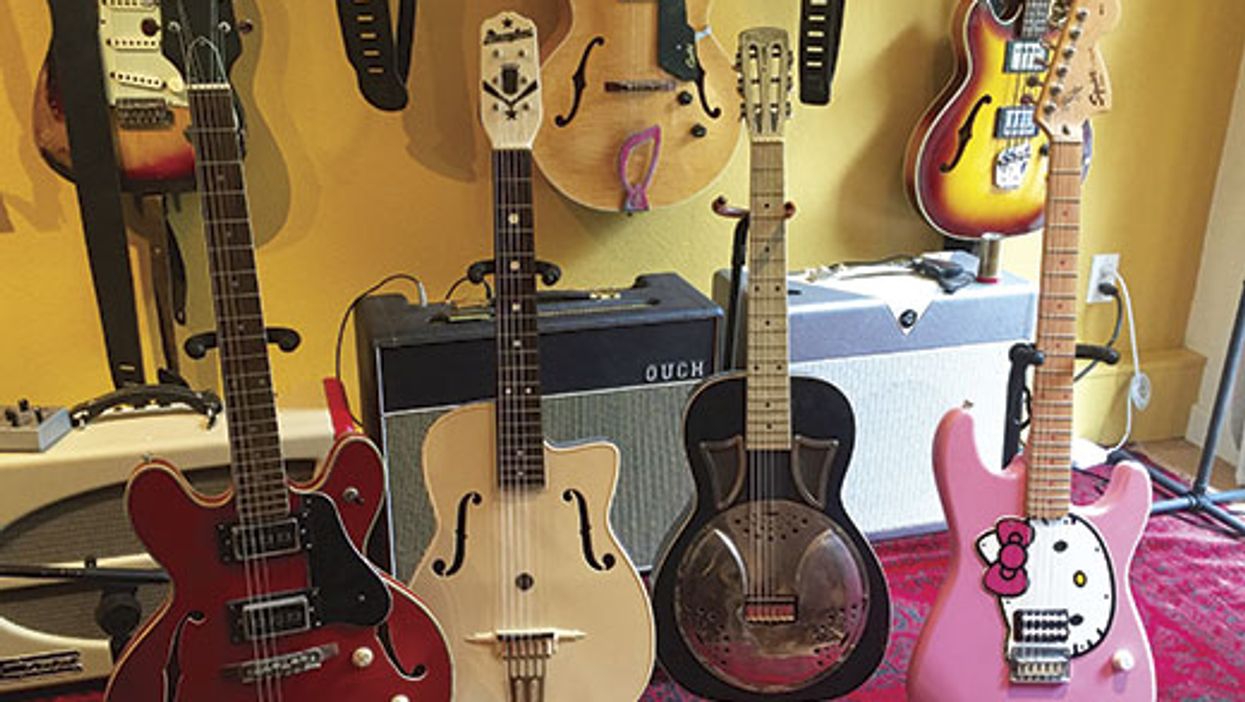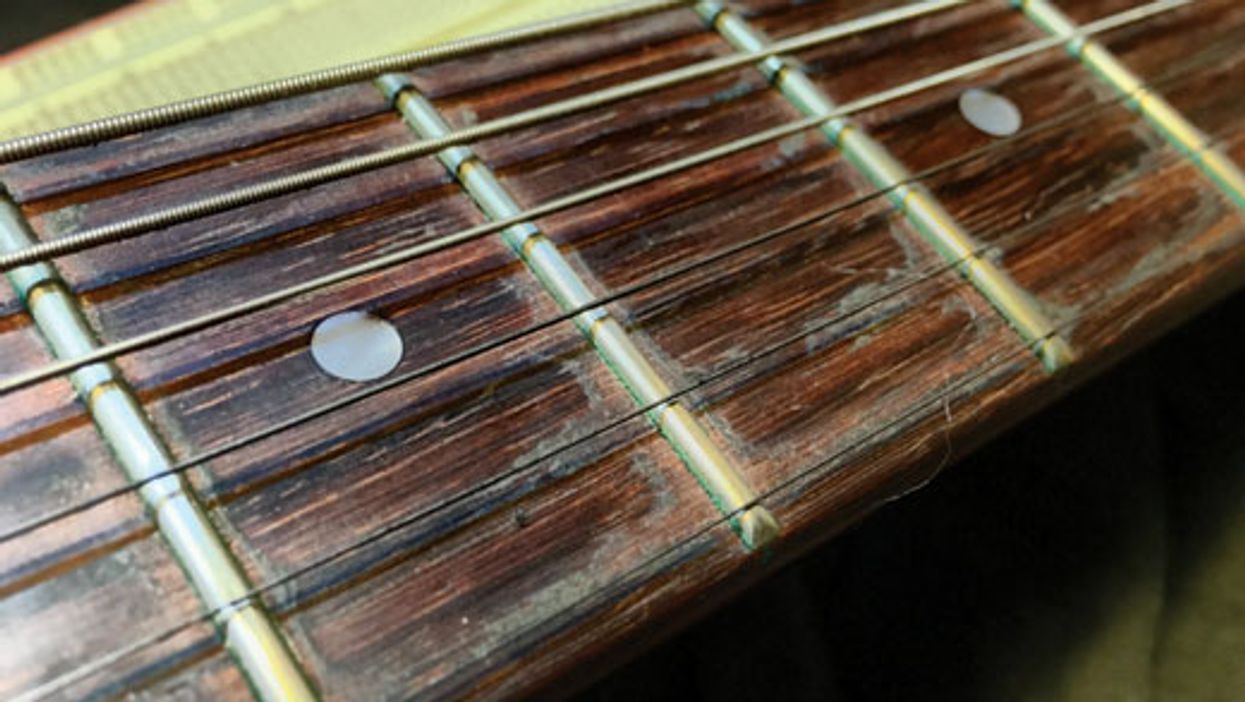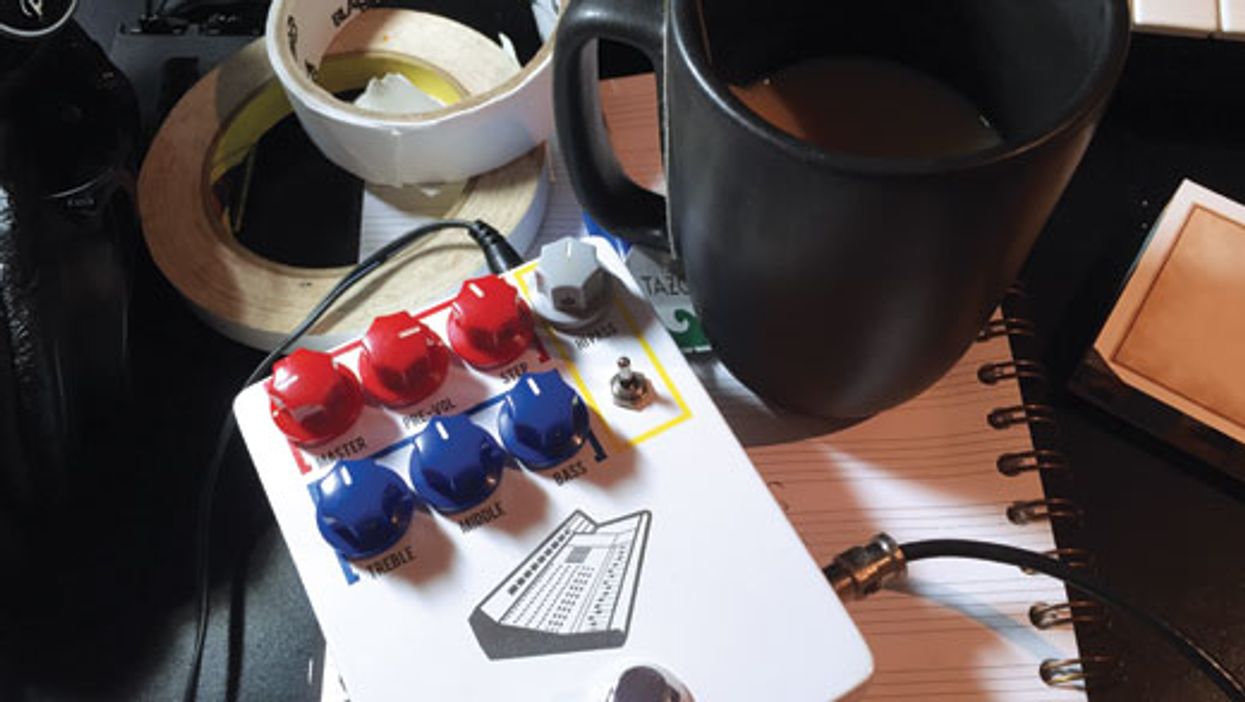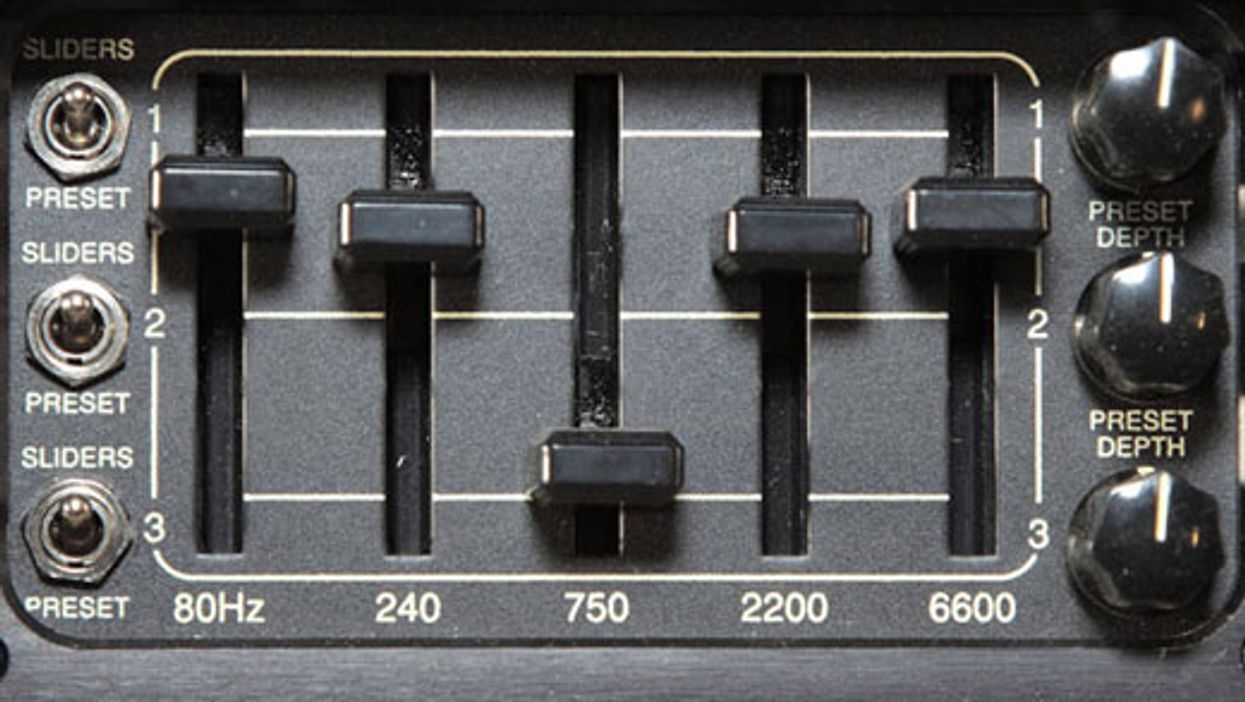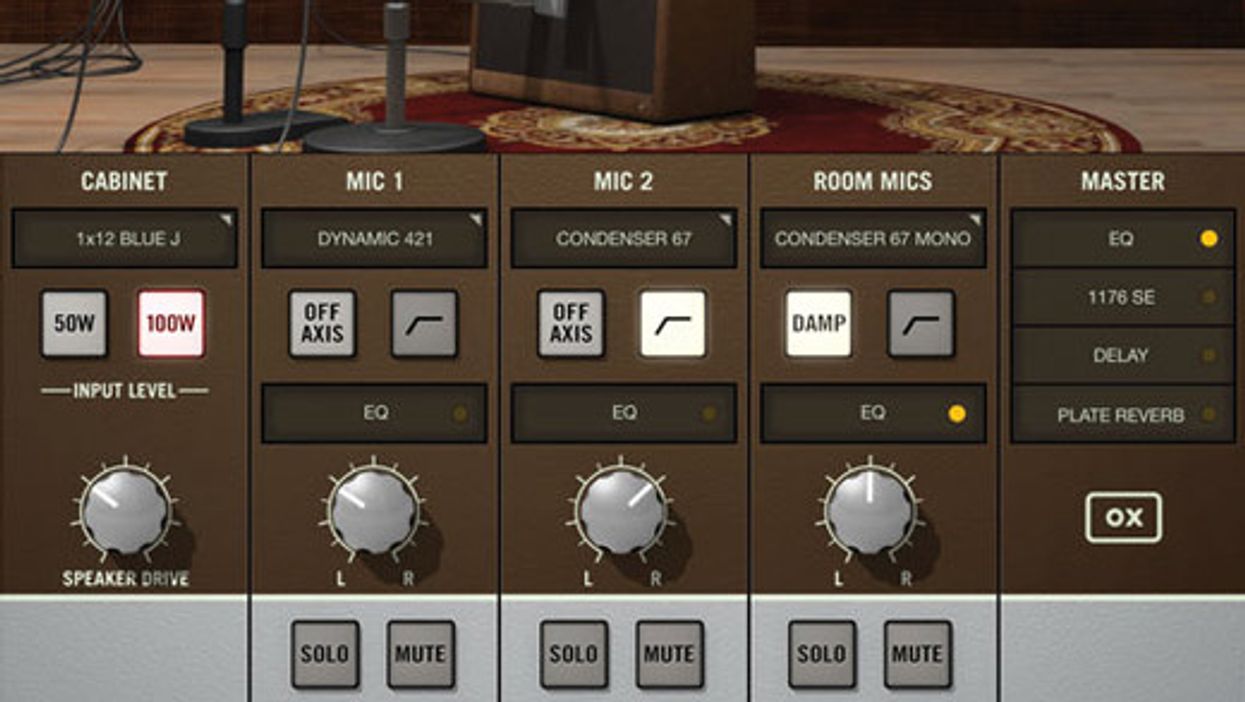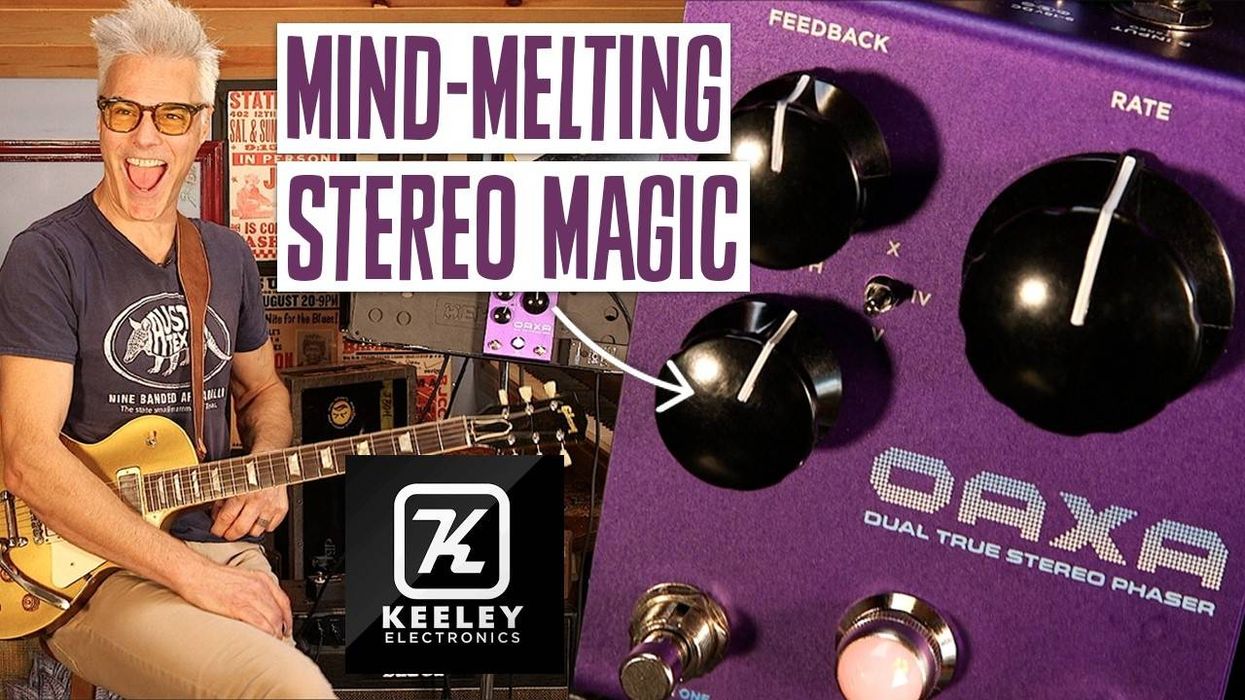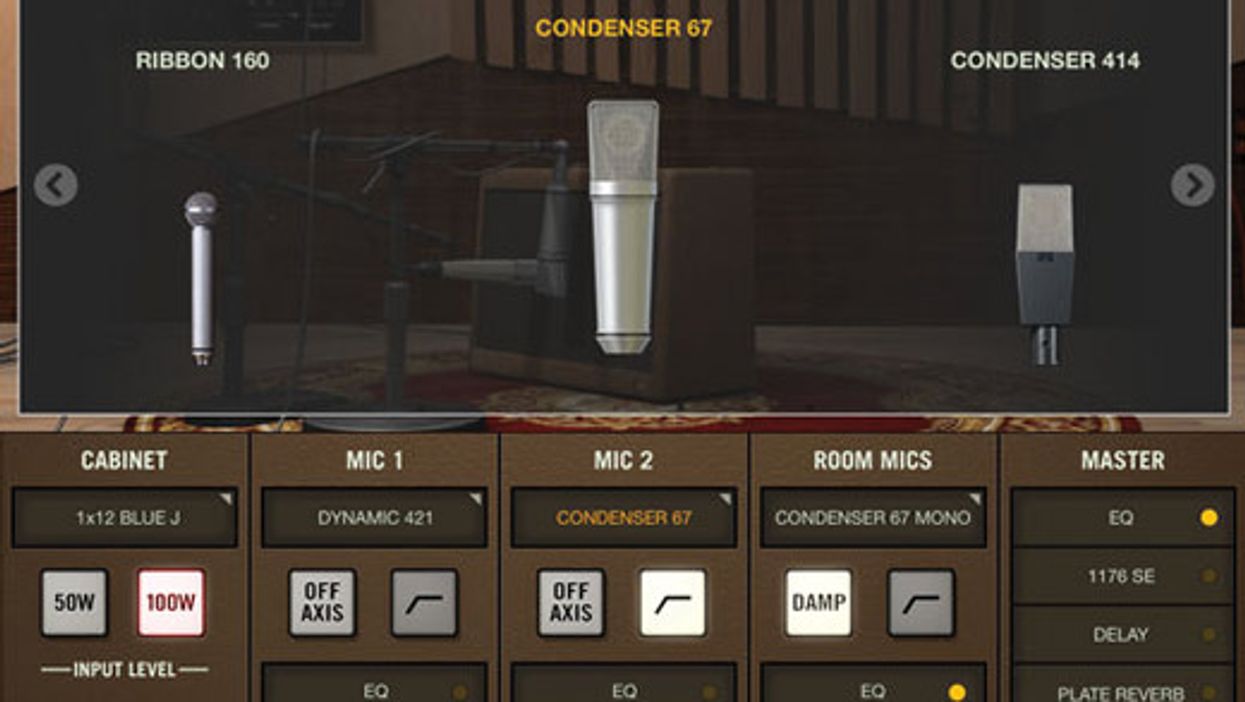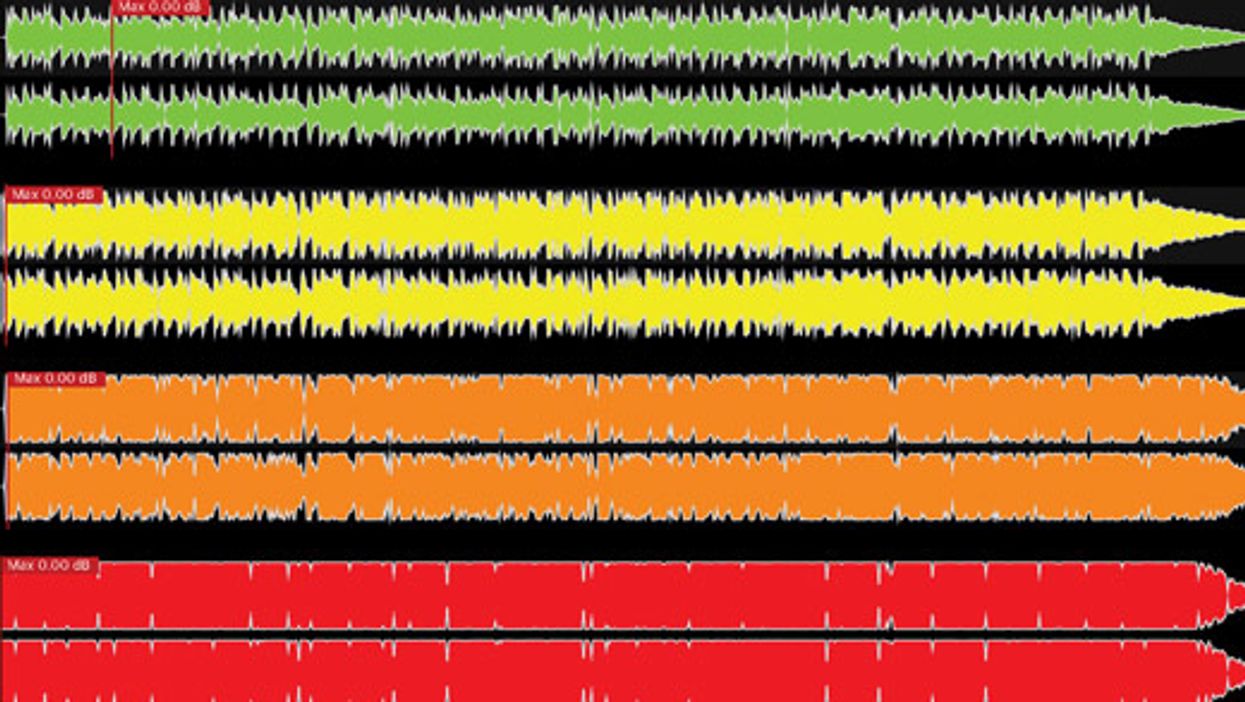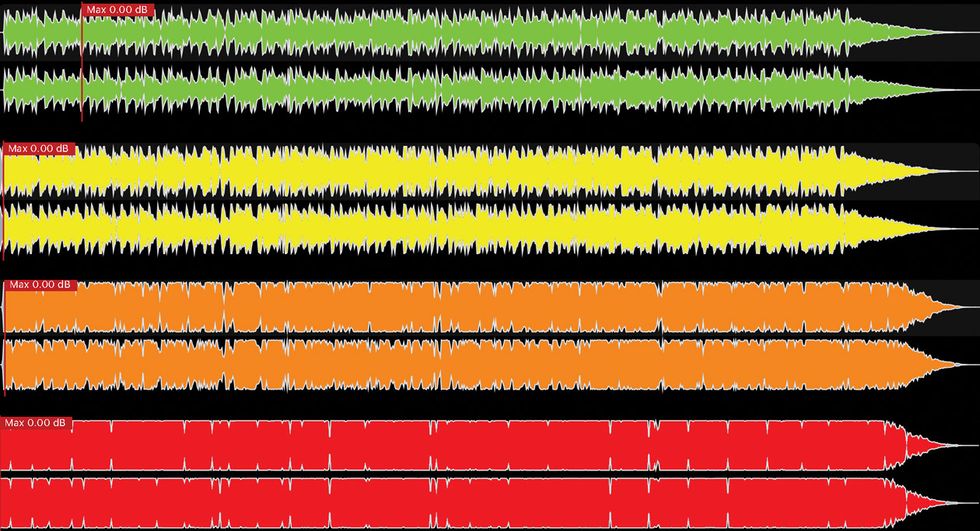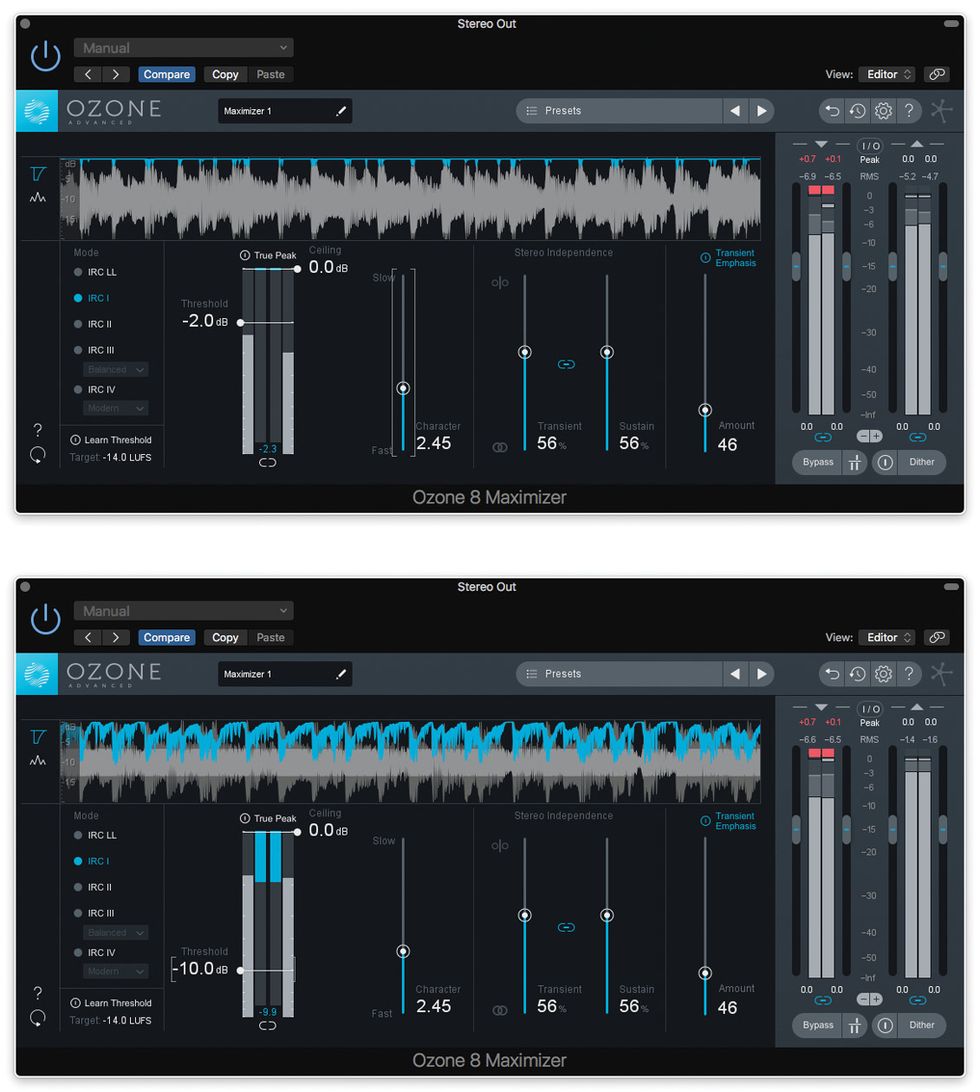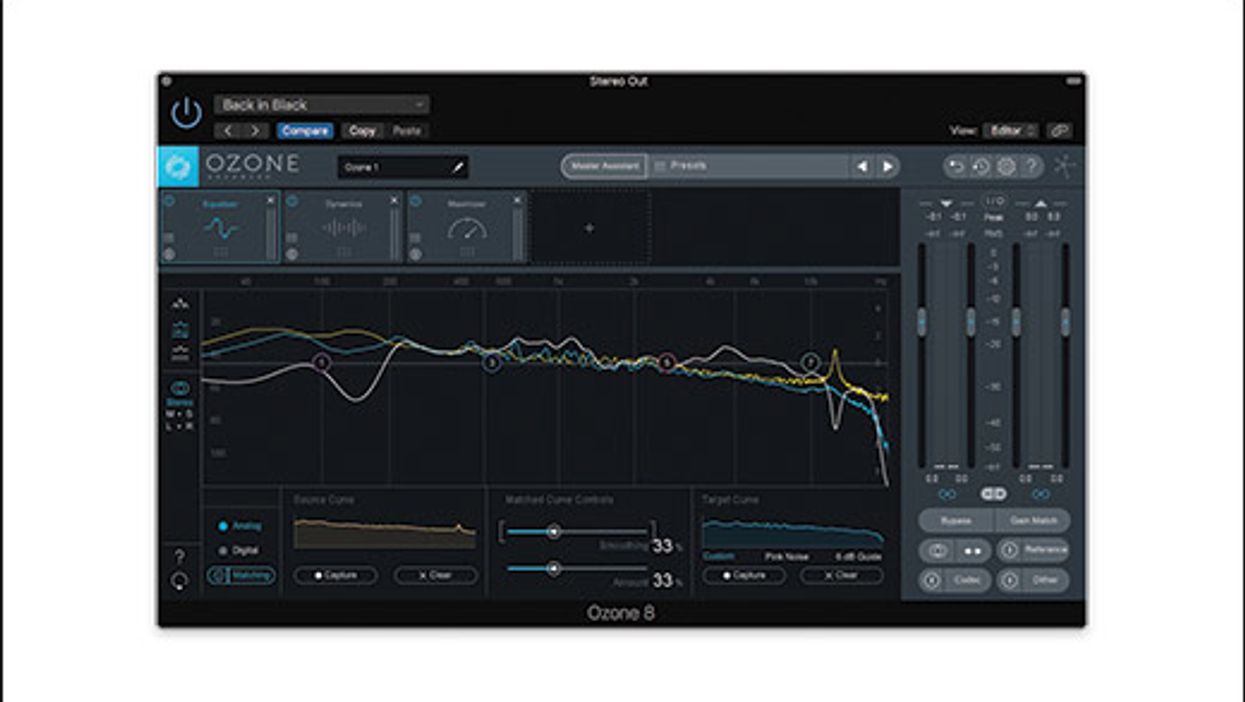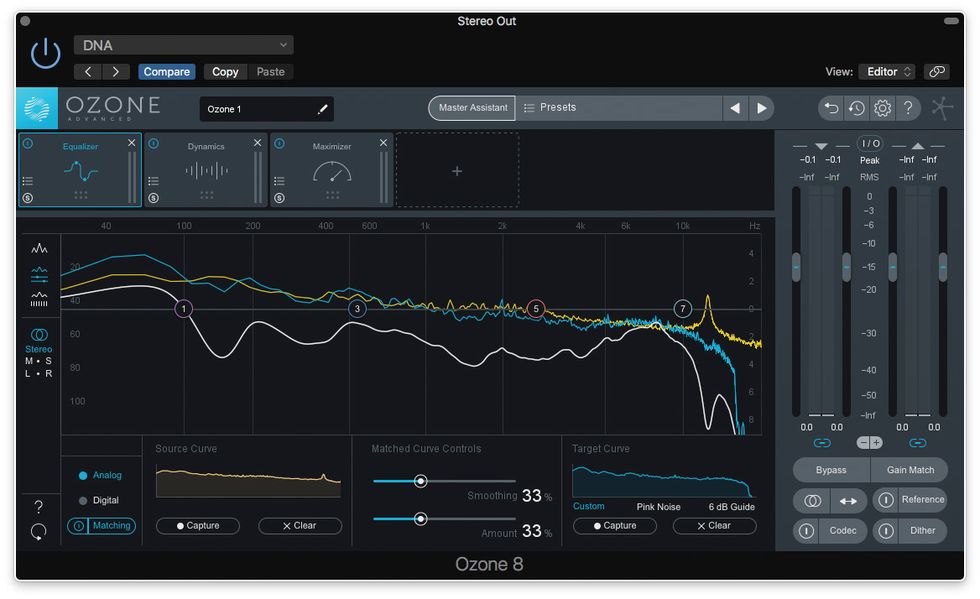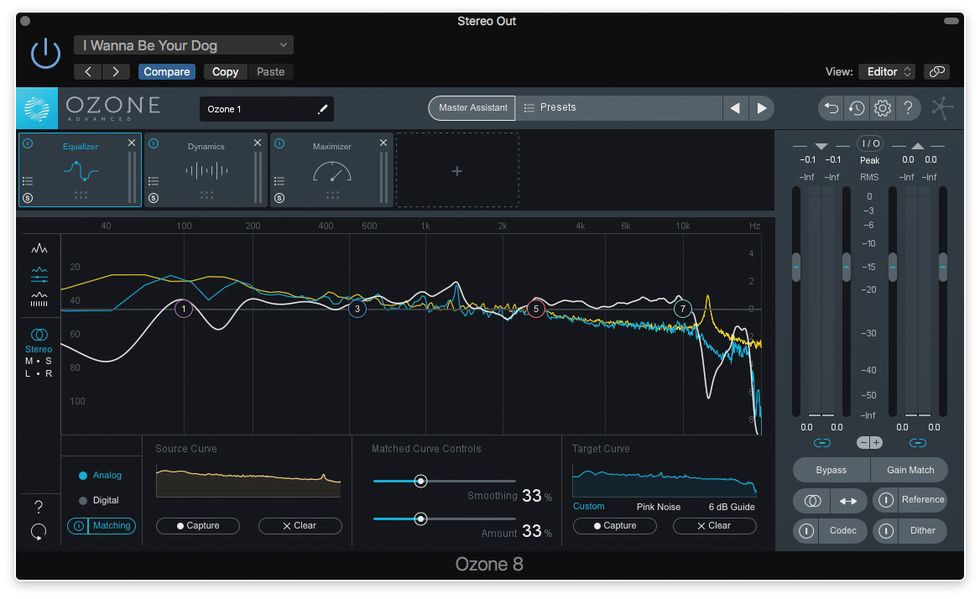Confession: Most of the ideas in this column are stolen from Sonic Youth, and the rest are swiped from other people.
The topic is alternate tunings that require restringing—a royal pain in the posterior! But time and again, these tunings (all of which narrow the interval between the 1
st and 6th strings, hence my “narrow-range” moniker) have inspired parts that fit the mix when nothing else did. Perhaps you’ll find the idea compelling enough to keep a spare guitar strung for these sounds?
The most famous string-swap tuning is Nashville high-stringing (explained and demoed here).
How Nashville High-Stringing Works
You hear this sound on the Stones’ “Wild Horses” and Floyd’s “Wish You Were Here.” But these narrowed tunings aren’t delicate and pretty like that. They’re crude, simplistic, and usually out of tune. Yum!
Guitars in the Fridge
When I met Sonic Youth in the late ’80s, they couldn’t yet afford lots of nice guitars. They toured with their pawnshop beaters knocking against each other in cardboard refrigerator boxes. Their oddball tunings didn’t just inspire new riffs—they provided a unique sonority, especially when cranked through fuzz pedals and funky amps. No other band resonated like Sonic Youth.
The guitars and tunings literally varied from song to song, but they shared common themes. Many strings were tuned in unison pairs, and the distance between the highest and lowest strings was usually an octave or less, as opposed to the usual two octaves. Thurston Moore and Lee Ranaldo often played melodies by barring across unison string pairs, which is a technique that enforces a minimalist style.
The effect has a rough, artless quality perfect for some musical contexts—and not just punkified ones.
You can replicate most Sonic Youth tunings with the same string set: use two of your usual 5th strings for the 6th and 5th strings, two 4th strings for the 4th and 3rd strings, and two 3rd strings for the 2nd and 1st strings, as if you were tuning A-A-D-D-G-G. (String pitches are listed low to high throughout.) From there you can crank strings up or down for hundreds of possible combinations.
A Sketchy Sketch
Clip 1 is a sketchy demo of the idea. A standard-tuned guitar in the left channel is joined by a narrow-range guitar (tuned G-G-D-D-G-G) on the right. I mutilated the tone with trashy fuzz and didn’t sweat the sloppy tuning.
America
The effect has a rough, artless quality perfect for some musical contexts—and not just punkified ones. Example: my guitars on Tracy Chapman's "America." (Flea’s playing bass, Mitchell Froom and Michael Webster are on keys, and Tracy and Quinn Smith are drumming. Tchad Blake produced.)
Example 2: GGDDGG (The Recording Guitarist - February 2017) by premierguitar
Clip 2 is a solo riff in the same tuning. I pick out a tune on the top string pair while droning on the low open strings, or barre across several string pairs for chords.
Example 3: GGDDEE (The Recording Guitarist - February 2017) by premierguitar
Tuned G-G-D-D-E-E, the guitar in Clip 3 exploits the clangorous whole-step interval between the upper string pairs.
Example 4: FFCCEbEb (The Recording Guitarist - February 2017) by premierguitar
The tuning options are nearly endless: G-G-D-D-A-A, G-G-D-D-Eb-Eb, G-G-C-C-F-F, G-G-C-C-E-E. I could go on, but instead of over-thinking it, I recommend simply twisting your tuners till the strings resonate nicely with the song, and then picking out simple melodies. For Clip 4, I chose the random key of F minor. I fiddled around and arrived at this F-F-C-C-Eb-Eb tuning.
Example 5: GABDEG (The Recording Guitarist - February 2017) by premierguitar
You don’t have to restrict yourself to unison pairs. One particularly nasty Sonic Youth tuning is G-G-C#-D-G-G, with that gnarly minor second in the middle. Meanwhile Thurston’s “Teenage Riot” tuning is G-A-B-D-E-G, with no unisons. The open strings form a pentatonic scale for a dreamy Aeolian harp effect (Clip 5).
Example 6: GABDEG (The Recording Guitarist - February 2017) by premierguitar
Clip 6 uses the same tuning, but with a drumstick shoved beneath the strings at the 12th fret (see photo). This mimics an Asian zither, especially when you vibrate and bend strings by pressing down behind the drumstick.
Strictly Stoopid
I saved the stoopidest one for last. In Clip 7, all six strings are tuned to G in various octaves.
GARY GLITTER ROCK & ROLL PART 1 & 2
This is based on the A-A-A-A-A-A “Gary Glitter tuning,” as heard on “Rock and Roll (Part 1 and 2).”
PJ Harvey - Goodnight
I learned this one from Polly Harvey, who wrote several songs in this tuning, including “Goodnight,” which I got to play with her on tour.
This technique isn’t for everyone. You might find it overly simplistic and discordant. But why not try slapping on a few spare middle strings before your next string change? At worst, you’ll be amused. With any luck, you’ll be inspired.
[Updated 4/4/22]


